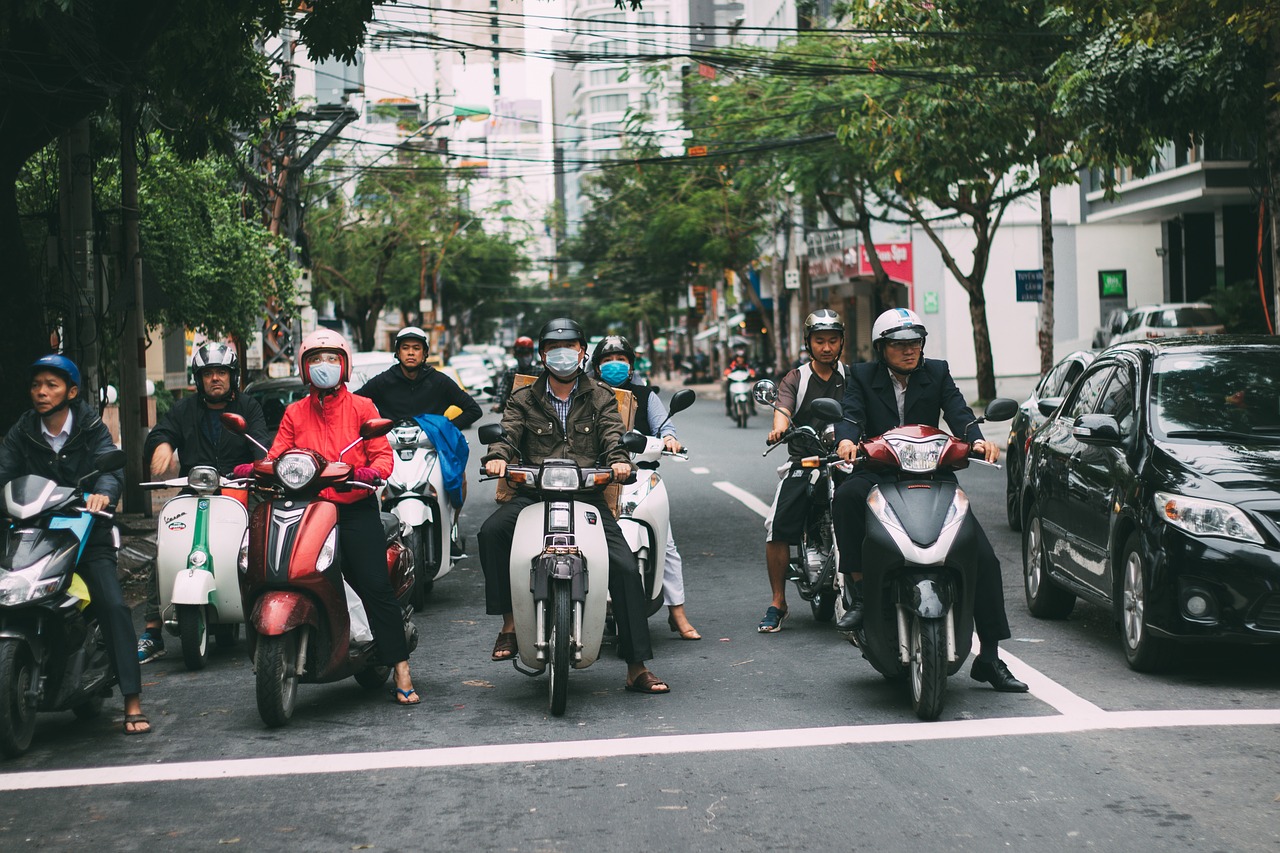Table of Contents
ToggleEducate and Empower
Start Early: Teaching children about traffic safety should begin as early as possible. Use age-appropriate language and concepts to introduce them to the basics of road safety.
Consistent Messaging: Reinforce key messages like looking both ways before crossing the street, understanding traffic signals, and recognizing pedestrian signs.
Role-Playing: Practice makes perfect. Role-playing various traffic scenarios can help children understand and remember safety rules.
Walking Safety
Use Crosswalks: Always use designated crosswalks and encourage children to do the same. Explain the importance of crossing at marked locations.
Stop, Look, and Listen: Teach children to stop at the curb, look left, right, and left again, and listen for oncoming traffic before crossing.
Stay Alert: Discourage distractions like using smartphones or listening to music while walking near or across streets.
Bicycle Safety
Helmet Use: Insist on wearing helmets every time they ride their bikes. Helmets should fit properly and be fastened securely.
Bike Maintenance: Regularly check that the bike is in good working order, including brakes, tires, and reflectors.
Rules of the Road: Educate children on the rules of cycling on the road, including riding in the same direction as traffic and using hand signals.
School Bus Safety
Safe Waiting Zones: Teach children to stand at least three giant steps away from the curb while waiting for the bus.
Boarding and Exiting: Ensure children know to wait until the bus comes to a complete stop and the driver signals before boarding or exiting.
Crossing in Front: If they need to cross the street after getting off the bus, they should take five giant steps in front of the bus, make eye contact with the driver, and cross when it is safe.
Vehicle Safety
Car Seats and Seat Belts: Ensure children are in the appropriate car seat or booster seat for their age, height, and weight, and always buckle up.
Back Seat is Best: Children under 13 should ride in the back seat. It’s the safest place in the vehicle in the event of a crash.
Hot Car Awareness: Never leave children unattended in a vehicle. Temperatures can rise quickly and become life-threatening.
Community Efforts
School Zone Vigilance: Drivers should slow down and be extra cautious in school zones, respecting speed limits and crossing guards.
Safe Routes to School: Work with local authorities to create and maintain safe walking and biking routes to schools.
Neighborhood Watch: Communities can form groups to monitor traffic around schools and parks, ensuring drivers are adhering to speed limits and watching for children.
Technology and Innovation
Traffic Apps: Utilize apps that highlight school zones and pedestrian-heavy areas to stay informed while driving.
Reflective Gear: Equip children with reflective clothing or accessories to increase visibility, especially during early morning or evening hours.
Pedestrian Signals: Advocate for the installation of pedestrian-friendly traffic signals and crosswalks in high-traffic areas.
Conclusion
Ensuring the safety of children in traffic requires a collective effort from parents, educators, community leaders, and drivers. By prioritizing education, adhering to safety practices, and fostering a vigilant community, we can create safer environments for our children to grow, learn, and play. Let’s work together to make every journey a safe one for our youngest road users.

